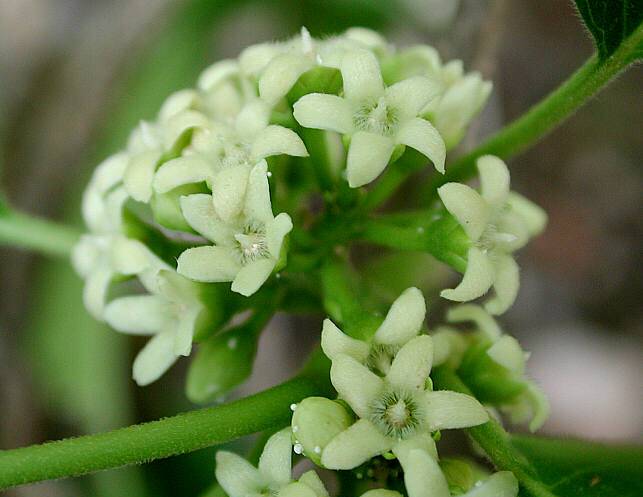Condurango is a woody vine native to South America, traditionally used for treating digestive disorders, appetite loss, and historically believed to possess anticancer properties. Extracted from the vine’s bark, Condurango contains a variety of alkaloids, glycosides, acids, and tannins. Though modern evidence for its anticancer effects in humans is lacking, it remains valued for its stomachic, antiemetic, and anti-ulcer properties, often used to ease nervous indigestion and gastric discomfort.
Synonyms:
-
Marsdenia reichenbachii
-
Gonolobus condurango
-
Echites acuminate
Common Names:
-
Bejuco de condor
-
Bejuco de sapo
-
Condor plant
-
Common condorvine
-
Condurango blanco
-
Eagle vine
-
Tucacsillu
-
Eagle-vine bark
-
Marsdenia cundurango
-
Condurangorinde
-
Ecorce de condurango
Parts Used:
-
Vine Bark
Family:
-
Apocynaceae
-
Asclepiadaceae
Chemical Components:
-
Tannin
-
Small quantities of a strychnine-like alkaloid
-
Caoutchouc
-
Conduragin
-
Condruit
-
Essential oil
-
Phytosterin
-
Resin
-
Sitosterol
-
Condurangoglycoside (aglycone)
-
Caffeic acid
-
Chlorogenic acid
-
Cichorin
-
p-Coumaric acid
-
Coumarin
-
Esculetin
-
Flavonoids
-
7-hydroxycoumarin
-
Neochlorogenic acid
-
Vanillin
Traditional Uses:
-
Historically considered a remedy for early-stage cancers (breast, esophagus, stomach, tongue, skin, lips, neck)
-
Used by South American natives for chronic syphilis
-
Known to stimulate digestion by promoting saliva and digestive juice secretion
-
Animal studies showed antitumorigenic activity against certain rat cancers
-
Once used for stomach cancer treatment (now discontinued)
-
Promotes appetite and relieves indigestion
Therapeutic Uses:
Primary Actions:
-
Stomachic
-
Anti-emetic
-
Chologogue
-
Anti-ulcerous
-
Analgesic (stomach)
Used for:
-
Indigestion, nausea, vomiting, and stomach pain
-
As a bitter tonic to enhance appetite
-
Gastric ulcers
-
Stimulating digestive juices and bile
-
Nervous-related eating disorders (like anorexia)
-
An appetite stimulant, astringent, and functional stomach relaxant
-
Historically suggested as a diuretic, hemostatic, and general tonic
Key Notes:
-
Although traditional uses include cancer treatment, modern clinical evidence is insufficient
-
Best applied as a digestive aid and for appetite stimulation
-
Should be used cautiously, especially in individuals with cardiac or neurological conditions due to its alkaloid content
Speech Disorder
A speech disorder, also known as a speech impairment...
ADHD
Attention-deficit / hyperactivity disorder (ADHD) is a...
Cerebral Palsy(CP)
Cerebral palsy (CP) is a group of neurological disorders...
Cancer
Cancer is a broad term for diseases where cells...




